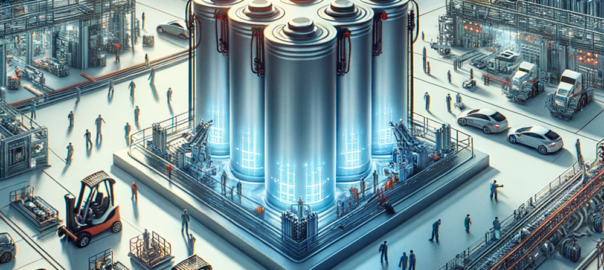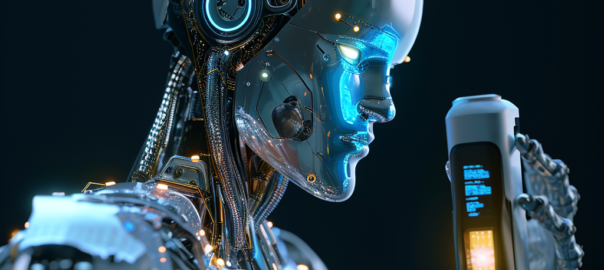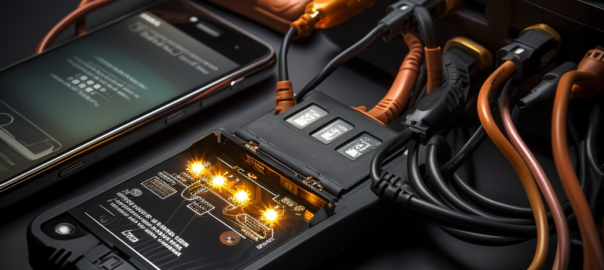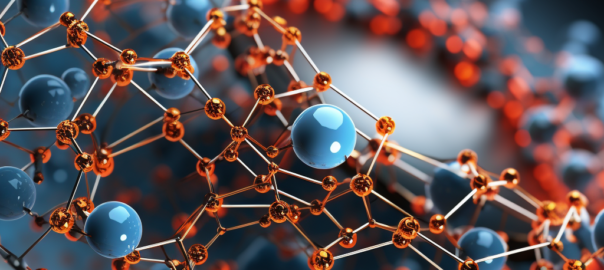Lithium-ion batteries (Li-ion batteries) have become an integral part of our daily lives, powering everything from our smartphones to our electric vehicles. But what makes them such a popular choice, and what challenges do they present?
One of the main advantages of Li-ion batteries is their high energy density, which allows them to store a large amount of energy in a relatively small package. This makes them ideal for use in portable electronic devices, such as laptops and smartphones, as well as in electric vehicles. They also have a low self-discharge rate, meaning that they lose less of their charge when not in use, and do not suffer from the memory effect, which can decrease a battery’s capacity over time if it is only partially discharged before being recharged.
However, Li-ion batteries do have some drawbacks. One of the main challenges is their cost, which is generally higher than other types of batteries, such as nickel-metal hydride or lead-acid batteries. There is also a risk of thermal runaway, in which the temperature of the battery increases rapidly, leading to the release of flammable gases and potentially causing a fire. This risk can be mitigated through proper battery design and handling.
Despite these challenges, the benefits of Li-ion batteries make them a worthwhile investment for a wide range of applications. Their high energy density and long lifespan make them a cost-effective choice in the long run, and their versatility makes them an essential part of modern technology.
One of the key components of a Li-ion battery is the cathode, which is typically made of lithium cobalt oxide (LiCoO2) or lithium manganese oxide (LiMn2O4). The anode is usually made of graphite, and the electrolyte is a lithium salt in a solvent such as ethylene carbonate.
Li-ion batteries have a number of applications beyond just portable electronic devices and EVs. They are also used in renewable energy storage systems, such as those for solar and wind power, as well as in grid-scale energy storage systems. They are also finding use in aerospace, military, and medical technology.
The demand for Li-ion batteries is expected to continue to grow in the coming years as the shift towards renewable energy and electric transportation gathers momentum. However, it is important to ensure that the production and disposal of these batteries is done in an environmentally sustainable manner. This includes responsible sourcing of materials, reducing waste and emissions during the manufacturing process, and properly recycling used batteries.
In conclusion, Li-ion batteries offer a number of benefits that make them a valuable technology for a wide range of applications. While there are challenges to be addressed, such as cost and the risk of thermal runaway, their high energy density and versatility make them an essential part of modern life.










